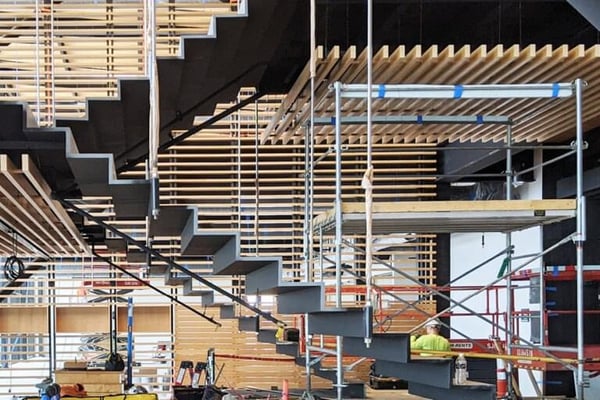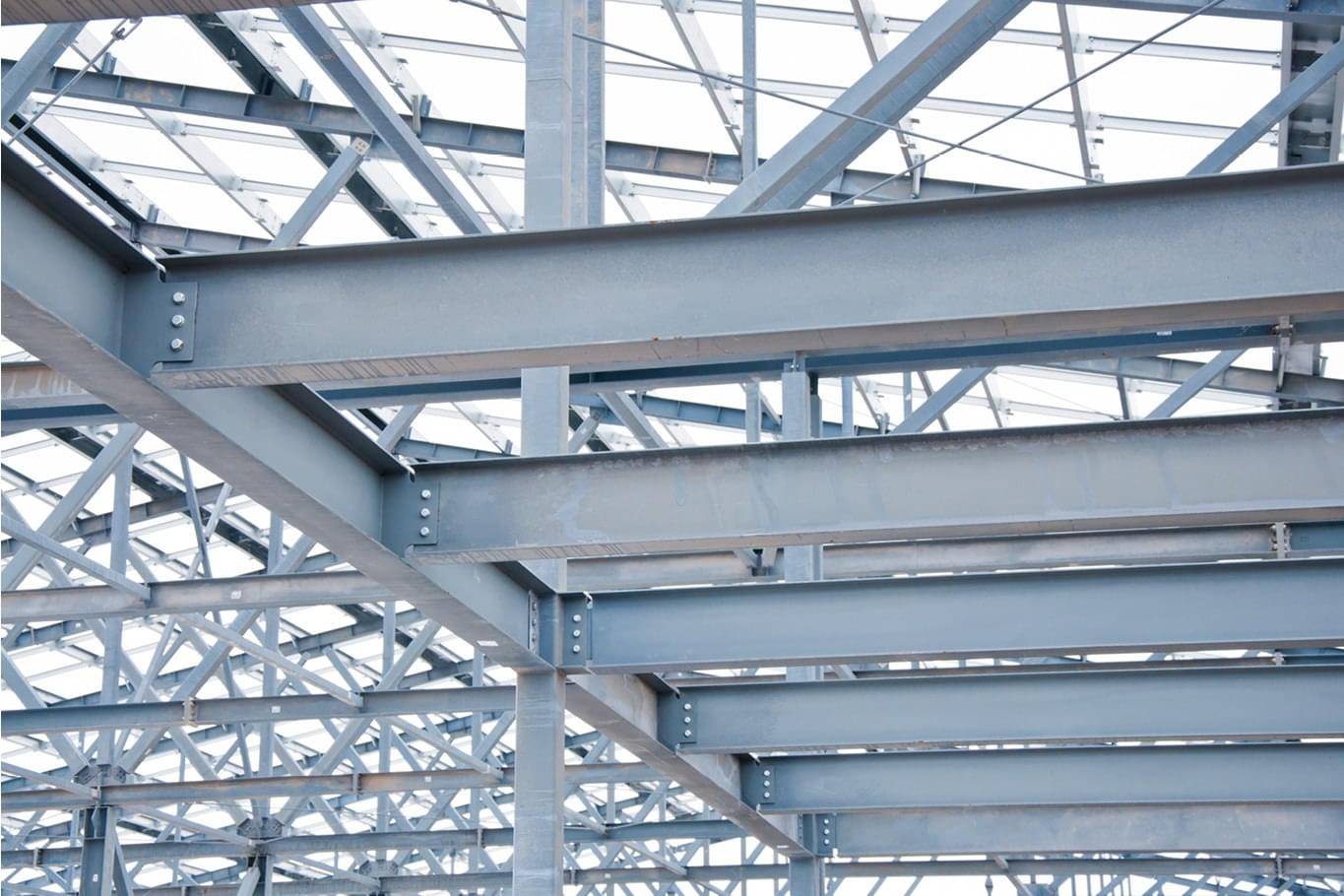Since 2020, building materials like lumber and steel have gone up in price. If you are planning a building project, these increased prices may raise concerns about cost overruns and delayed schedules. You may wonder if you should start your project now or wait until the market settles.
At Neumann Monson, we’ve been working to mitigate cost overruns in an uncertain building materials market. Although we cannot guarantee a project will not go over budget in the current market, we know effective project management and transparent communication increase the likelihood of success.
In this article, you will learn three ways you can prepare for an uncertain building materials market:
- Adjust schedule expectations
- Anticipate design changes
- Prepare for honest conversations
After reading, you will better understand what to expect (and what’s expected of you) when starting a building project in an uncertain materials market—preparing you and your team for the process ahead.
Adjust Schedule Expectations
If you’re entering a building project in 2022, understand that supply chain shortages can impact a project’s timeline. Your contractor will try to order materials quickly, but some may take longer than expected.
Some materials, known as critical path items, can impact the entire construction process. For example, the contractor may need to install an elevator to complete one construction phase. The installation may rely on a single part. If this single part is delayed, the entire project can temporarily come to a halt.
Generally, your architect and contractor will identify these important items to mitigate these scenarios, but it’s a good idea to account for potential delays.
Recently, supply chain shortages have made it difficult for contractors to complete interior finishes before move-in dates. To continue operations, some building owners are moving into their new building before construction is fully complete.
In short, be prepared for a longer timeline and understand the building may be operational but not fully complete by move-in.

Supply chain shortages may delay interior finishes.
Anticipate Design Changes
While supply chain problems can slow down a project’s construction schedule, they can speed up decisions during the design phase. To maintain your budget, your architect will work with cost estimators and utilize escalation predictions.
As cost estimates get more accurate, your architect may need to make changes. Some changes may be small, but others may require more input from you and your team. Depending on the situation, you may need to adjust the project’s square footage, change material choices, or even plan alternates.
Your architect aims to adjust to the changing market while fulfilling your original goals. Be prepared to meet frequently and discuss changes.
Additionally, you may need to make quick decisions related to material purchases. Due to rapidly changing prices, some contractors are ordering materials as soon as construction documents are complete.
Some contractors may even order materials before the design is complete. For example, design-build and design-negotiate-build project delivery methods allow your architect and contractor to collaborate throughout design and order materials early. If you are going down this route, be prepared to make quick decisions during the design process.
Keep in mind: we do not recommend this approach to every client—especially those embarking on their first building project. Once you’ve ordered materials, the construction process commences.
This will lock in certain design decisions and not allow you to make changes. Make sure you are protected by contingencies in case ongoing escalation increases the projected cost of materials and work not yet locked in.
Prepare for Honest Conversations
In the current building materials market, preparing for worst-case scenarios is the best practice. Supply chain problems can delay construction timelines. Changing prices can cause the project to bid at a higher cost than expected, leading to design changes.
Your architect and contractor will work to get accurate cost estimates and maintain schedules, but some issues are beyond anyone’s control. Be prepared for honest conversations about the project.
For example, if prices were to increase dramatically, some design goals may not be possible within the budget’s parameters. You may need to make some sacrifices. If your architect has your best interest, they will balance your overarching goals with what is possible.
More than ever, it’s important to work with a trusted partner who advocates for your interests throughout the process.
What Are Your Next Steps?
The building materials market can change rapidly. Supply chain shortages and increased prices make it a nerve-racking time to start a project. For some, it may make sense to wait until the market settles before starting a project.
For others, there is no time like the present.
If you are starting a building project, be aware of current market conditions. Prepare for a slower construction schedule, quick changes, and frank conversations with your design and construction team. With these tips in mind, you can mitigate headaches during an uncertain time.
To further prepare for your project, learn how to prevent cost overruns during the design process.
Want to learn how we operate? Reach out to discuss your goals and schedule an exploratory meeting.
